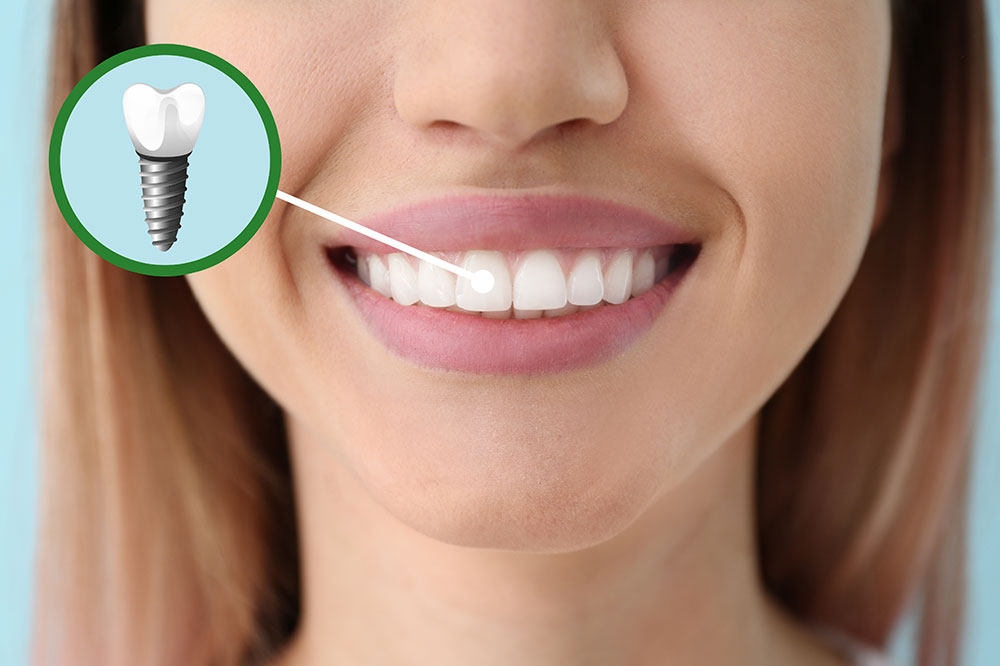Macular Degeneration – Causes, Risk Factors, Symptoms, and More

Age-related macular degeneration, also known as macular degeneration, or AMD, is an eye disease that can cause loss of central vision. This occurs when there is damage to the macula. The macula controls straight-ahead vision and is a part of the retina, which lies at the back of the eye. AMD is a common condition, especially in older individuals. Read on to learn more about the types of AMD, symptoms, causes, risk factors, and treatments.
Types and stages
There are two main types of age-related macular degeneration – wet AMD and dry AMD. Most individuals who have AMD have dry AMD. This is also known as atrophic AMD. With dry AMD, the macula gets thinner as the individual ages leading to a wide range of symptoms. Dry AMD also occurs in three early, intermediate, and late stages. These stages take place slowly and over a long period of time.
Wet AMD, also known as neovascular AMD, is a rare type of AMD. This type of AMD causes the individual to lose their vision quickly compared to dry AMD. Note that dry AMD can also turn into wet AMD at any stage. This type of AMD occurs when abnormal blood vessels grow in the back of the eye and damage the macula.
Symptoms
The symptoms of AMD are similar irrespective of the type of AMD that the individual has. But, each individual may experience unique symptoms. Not to mention, some may have severe symptoms while some may experience mild symptoms. Here are some of the common signs of age-related macular degeneration:
- Distortions in vision, such as the individual seeing straight lines as bent
- Reduce central vision in one or both eyes
- Difficulty in recognizing faces
- Requiring bright light to work or to see clearly
- Blurriness in words and text
- Difficulty adapting to low-light situations
- A bling spot or blurry spot in the field of vision
Both dry and wet AMD can affect one or both eyes. If only one eye has been affected by the condition, you may not be able to notice changes in your vision. This is because the other eye typically makes up and compensates for the eye that is affected. Wet AMD does not typically affect side vision, which is why it does not lead to total blindness. It also leads to a sudden change in vision, whereas dry AMD progresses over the years.
It is important to get your eyesight checked by a healthcare professional if you notice changes in your vision. These changes could include distortion and blindness in your central vision. You should also visit the doctor if you notice that you are having trouble seeing fine details. These are typically the first sign of AMD and can help you detect the condition in the early stages.
Causes and risk factors
There is no exact known cause for AMD. But, research has found that the development of this condition could result from a combination of factors such as family genetics, environmental factors, food, and more. It could also be a result of age, where the macula starts to thin out, leading to the loss of cells that are responsible for eyesight.
Some of the common risk factors that are associated with macular degeneration include:
Age
Age is one of the leading risk factors for macular degeneration. This condition is commonly seen in those over the age of 60.
Race
Certain races are more prone to developing AMD.
Family history and genetics
Studies have found that there is a hereditary component to this condition. Several genes have also been linked with AMD. Studies have also found that if the individual has a family member who has AMD, they are more at risk of developing this condition.
Weight
Research has found that being obese could also increase the chances of developing macular degeneration. It has also linked obesity with an increased chance of the condition developing from early or intermediate stages to severe stages.
Cardiovascular health
Those who have unfavorable heart conditions or blood vessel diseases are at higher risk of developing macular degeneration.
Treatment options
There is no cure for AMD. There is also currently no treatment that can help reverse the damage to the eye done by macular degeneration. The available treatments focus on slowing down the condition and preventing it from progressing. There are many modes of treatment for this condition. These include:
Vitamin supplements
For those with advanced macular degeneration stages, doctors may prescribe antioxidants and vitamin supplements to help reduce vision loss. These supplements can include vitamin C, vitamin E, lutein, zeaxanthin, zinc, and copper. More study is needed to understand if vitamins can help with dry AMD’s early stages. It is important to check with your doctor if vitamin supplements are the right course of treatment for you. Doctors will make the decision based on the symptoms that you are showing and the severity of the condition.
Low vision rehabilitation
AMD typically does not affect your side vision and only your central vision. This is why it does not lead to complete blindness. Those with macular degeneration typically experience low vision over a period of time. This can affect their reading, driving, and recognizing abilities. In such cases, doctors may suggest getting low-vision rehabilitation. This helps you adapt to the changes in your vision.
Telescopic lens
Doctors may also suggest telescopic lenses to those who advanced dry macular degeneration. This is a surgical procedure that involves implanting a telescopic lens in the eye. These lenses help magnify and improve the field of vision. Telescopic lenses may improve both close-up and distant vision but also has a narrow field of view. It is most useful in an urban environment.
Individuals may also try natural remedies and lifestyle changes to improve their vision and prevent vision loss due to macular degeneration.






